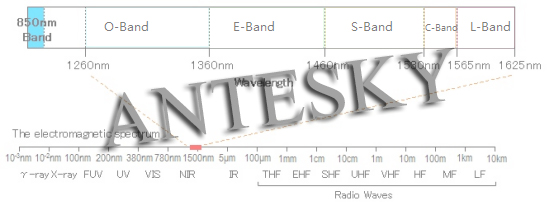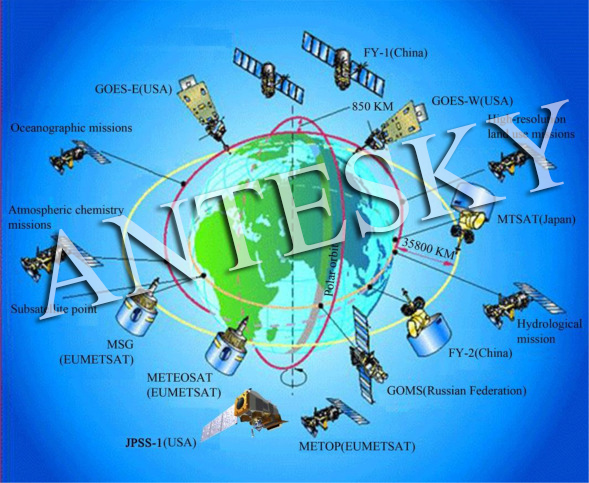Frequency Band and Pedestal for Weather Satellite Receiving System
Frequency Band used for Weather Satellite Receiving System include L-band, C-band, Ku-band and Ka-band etc. The diagram of communication wavelength bands is shown below: L-Band (1-2 GHz) As a relatively low frequency, the L-band is easier to handle, requires less complex and inexpensive RF devices, and because of the wider beam width, the antenna’s…






